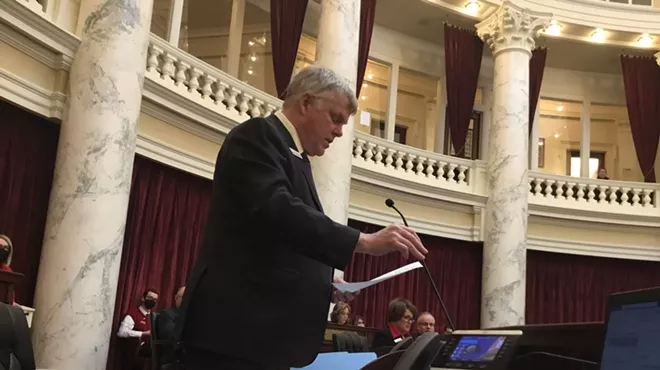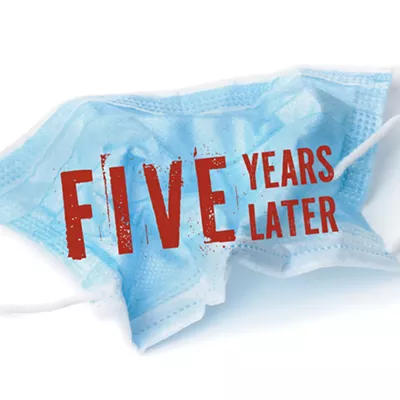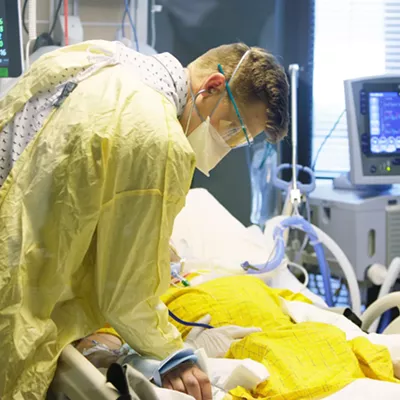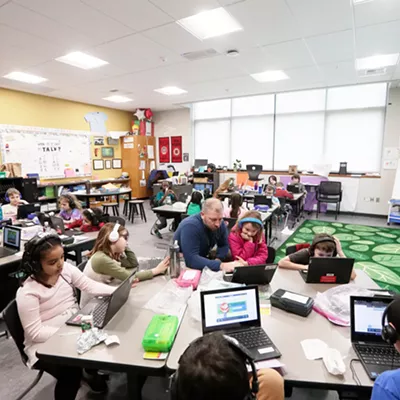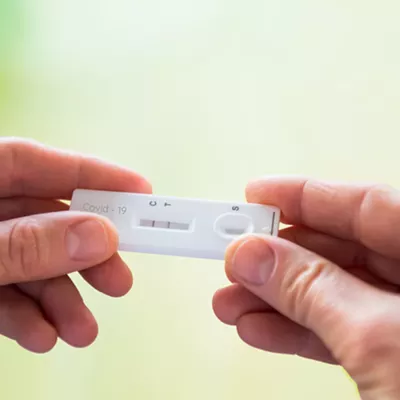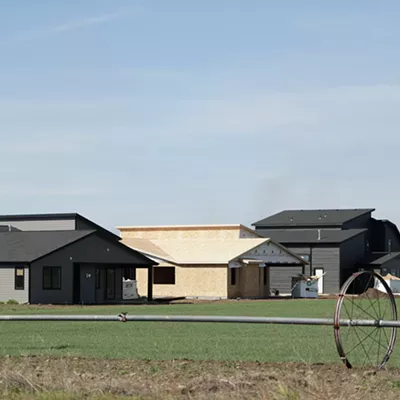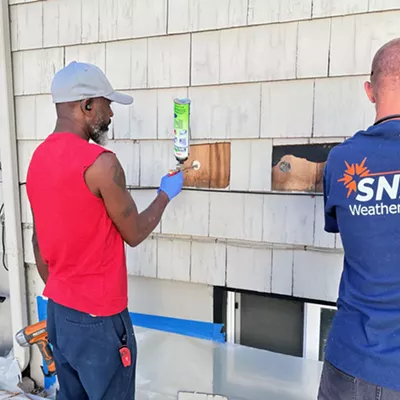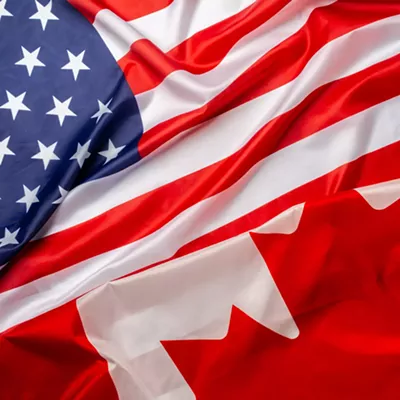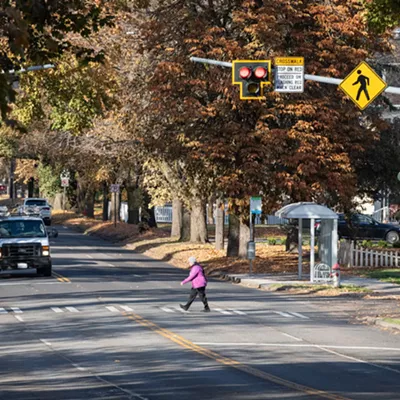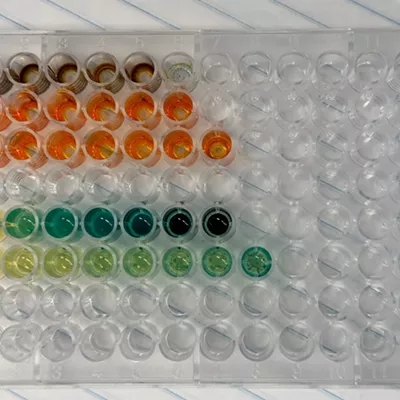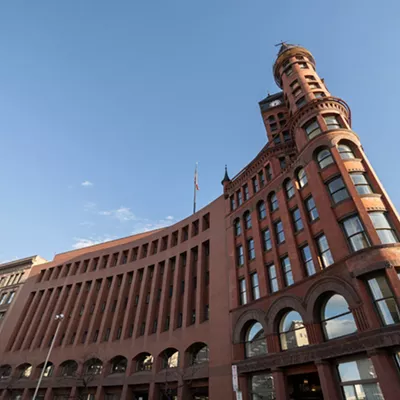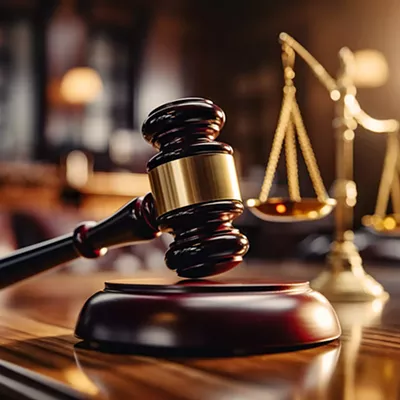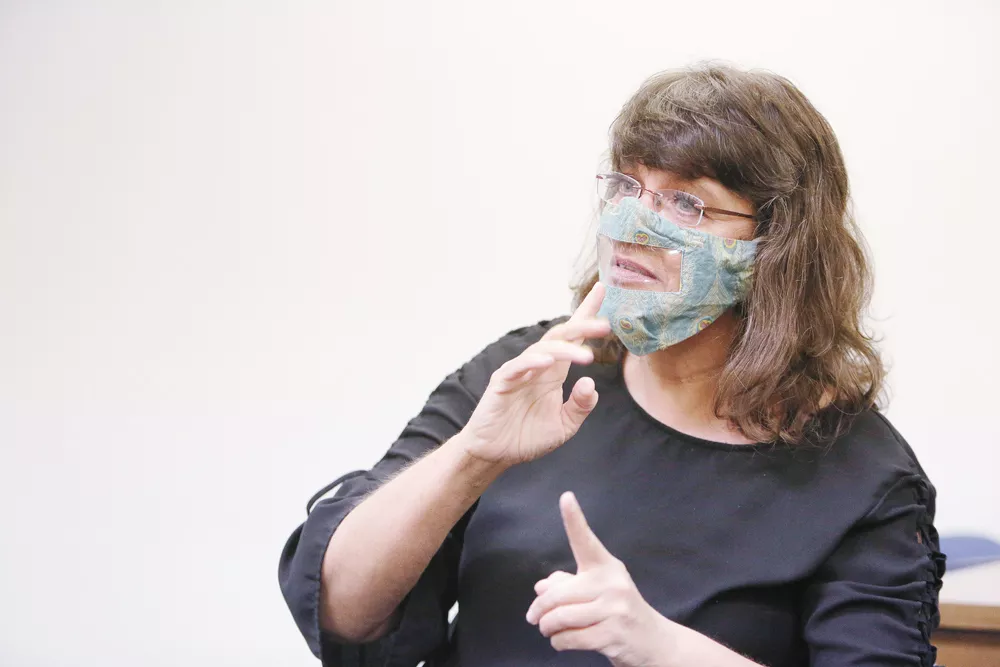
Sandra Carr was getting her oil changed a few weeks ago when she ran into an interesting side effect of the fight against COVID-19: difficulty communicating because everyone's wearing face masks.
Carr was born with the sense of hearing but slowly became deaf after many childhood illnesses. She now uses a cochlear implant to hear some of the world around her, and she speaks English when communicating with those who aren't deaf. Still, it's very difficult for her to understand people who are speaking without reading their lips or facial expressions, and she often uses other types of translation services even when someone's voice isn't muffled by a cloth covering.
Explaining this, Carr says she kept her own mask on, stepped back from the cashier who was trying to speak with her, and asked the woman to please lower her mask. The woman, who Carr was struggling to understand, refused.
"I said, 'I'm a deaf person, I read lips. If you could drop your mask temporarily, we can talk and you can put it back on,'" Carr says. "I explained it clearly, and she wouldn't do it."
So Carr instead pulled out her phone to use an app that translates voice to text in real time, but when she held her phone up, she says, the woman backed away and seemed startled at first.
"I said, 'This is a speech-to-text program, go ahead and talk to me and I will read what you're saying,'" Carr says.
Finally, the woman understood and they were able to complete the transaction.
But Carr notes that the experience represents just one of many similar interactions born out of mask mandates around the country that have taken effect to reduce the spread of COVID-19.
"It is a challenge in many ways for the deaf community," says Carr, who has worked as a community advocate for 30 years. She is currently an advocate with the Spokane Valley office of the nonprofit Washington Advocates of Deaf and Hard of Hearing, or WADHH.
It's estimated there are about half a million people who are deaf or hard of hearing in Washington and Idaho. Short of everyone wearing face masks with clear windows, or using clear face shields, it can be difficult for them to communicate, even with each other.
"It became a real challenge for the deaf community, because one thing that's really important to remember is that even though a person is signing, the facial expressions are everything," Carr says. "If I were to turn my back on you and start talking in different tones, you would know if I was sad or mad or unhappy without looking at my face. For the deaf community, signing and facial expressions go together."
While pandemic guidance differs as to the safety of some recommended communication workarounds, such as wearing face shields or lowering a mask to speak, there are multiple ways that the greater community can help, starting with being aware of the issue, Carr says.
NOT BREAKING THE LAW
With more than 300 people who are deaf or hard of hearing in Spokane/Spokane Valley alone, and hundreds more across the nine Eastern Washington counties her office serves, Carr hopes business owners in particular will become aware of the communication gap, promote the use of masks with windows, and better understand the exemptions in place.
What's perhaps most significant to Carr and others like Isaiah Hoog, an 18-year-old deaf senior at Rogers who has also done advocacy work for the deaf community, is that people understand that they won't be breaking the law if they lower their masks to communicate.
Not everyone with hearing loss reads lips, Carr notes, but for those who do ask for that accommodation, the law allows for it. Of course, everyone is allowed to assume the amount of risk of getting COVID they feel comfortable with, but Carr says she is in a higher risk category due to her age, and she still tries to maintain distance that would make it safer for the other person and herself if one of them were to lower their mask.
Washington state's health order specifically sets out when it is appropriate to remove face coverings in public settings, including "when any party to a communication is deaf or hard of hearing and not wearing a face covering is essential to communication." Likewise, the Spokane Regional Health District and Panhandle Health District list similar exemptions to their mask mandates.
Ideally, some mix of safety measures could be found. The National Association of the Deaf notes that for short conversations of just a question or two, masks with clear windows may help accommodate that need best; while they provide the clearest facial expressions, clear face shields may also help though they may not fully protect the wearer from the spread of the virus and may still muffle sound like a cloth mask does. Lastly, standing at a distance and lowering a mask while speaking may also be helpful.
However, even as they seem to be one of the better options, homemade masks with clear vinyl or acetate sewn into them don't always perform as intended. Hoog and Carr speak with the Inlander with the help of an American Sign Language interpreter, and although the interpreter had spread dish soap on the plastic and then wiped it off to prevent fogging, by the end of an hourlong conversation, the small window starts fogging up when she translates.
Hoog, who got his first cochlear implant at 3 years old, didn't regularly use the device that translates sound through the skull until about two years ago, during his sophomore year. He also got a second implant around that time, and says that while he is proudly deaf, he uses the implants to chat with friends, and listen to things like soothing music sometimes. But he also relies on sign language and lip-reading to communicate.
"To lower your mask is great, because it helps me understand clearly if there is something wrong," Hoog says through an interpreter. "I have worries about, you know, being confronted by an officer and they're wearing a mask, and I can't communicate clearly what's going on. So I hope they understand out there in the community how important it is to lower the mask and you can put it back on. Access is important."
The pandemic measures also presented some challenges for distance learning, but Hoog says that at least in the spring, the use of Zoom and an interpreter actually worked quite well together. However, he's now worried that the video program being used this fall is likely to change, and he's not as sure how that will work.
Similar to Carr, he's run into some challenges communicating. He was working for a business doing home repairs this summer when the mask mandate in Washington took effect.
"I had a great deal of discussion with my supervisor about removing the mask so we could communicate, but he was fearful," Hoog says. "Fortunately I had a cell phone and I could utilize it for [translation] technology."
Hoog says it's not that hard to distance 6 feet apart and take turns lowering a mask in those situations where people need it.
"I know that others have the right to be safe, as I do, too, but I also have the right to communicate," Hoog says. "We have options."
A tutorial for how to make a mask with a clear window can be found at hsdc.org/accessible-deaf-friendly-face-mask and more information on navigating the pandemic regulations and things like doctor's office visits are available from the Washington Office of the Deaf and Hard of Hearing at dshs.wa.gov/altsa/odhh/covid-19-resources.
"I'm just hoping [this story] will expose people to people who are deaf and hard of hearing. We have our communication needs and it's very important for them to cooperate with us," Carr says. "We are voters, we go to their restaurants, we go to their store, we go to their whatever it is. If they want our business, it would be nice if they try to cooperate, dropping that mask down to communicate with us." ♦



